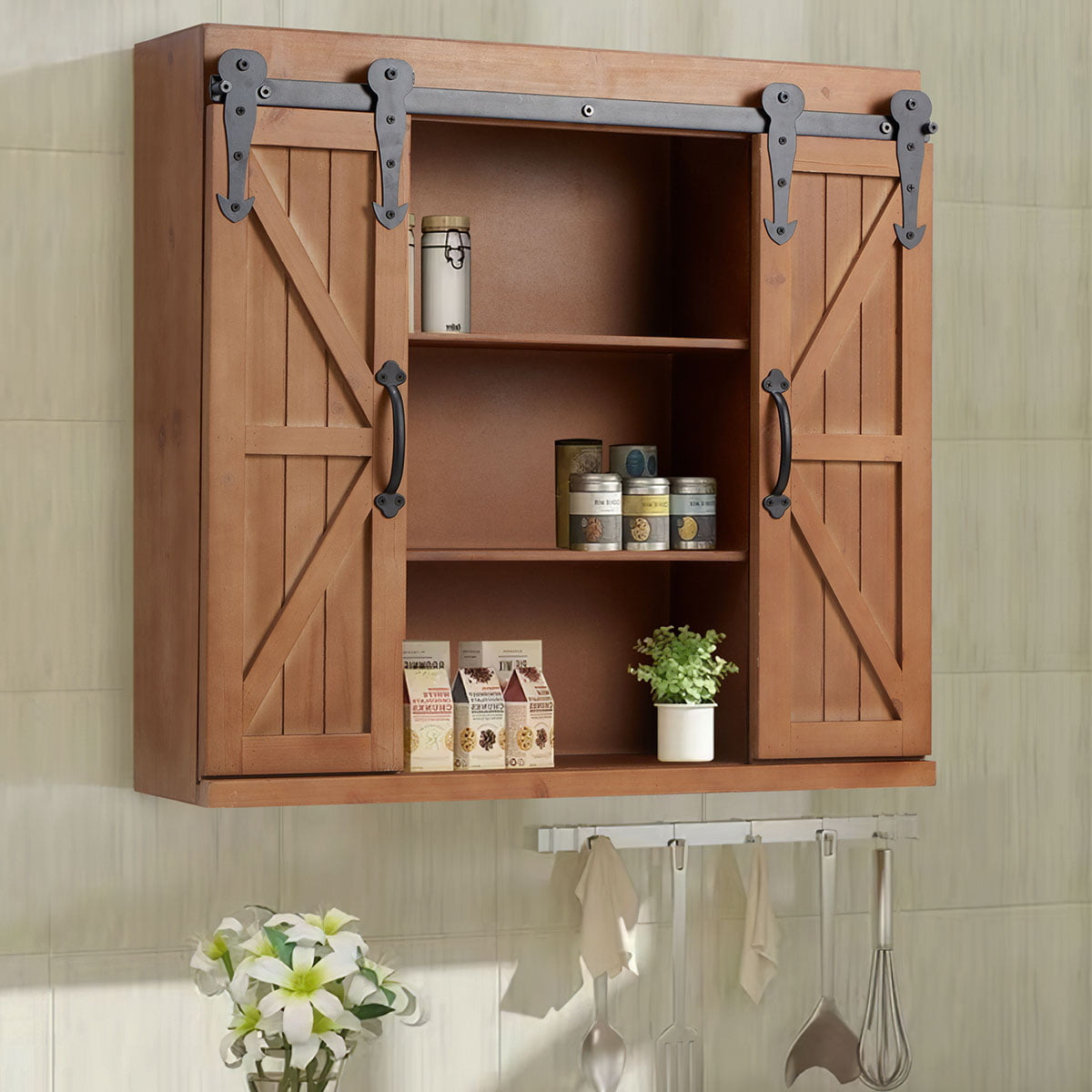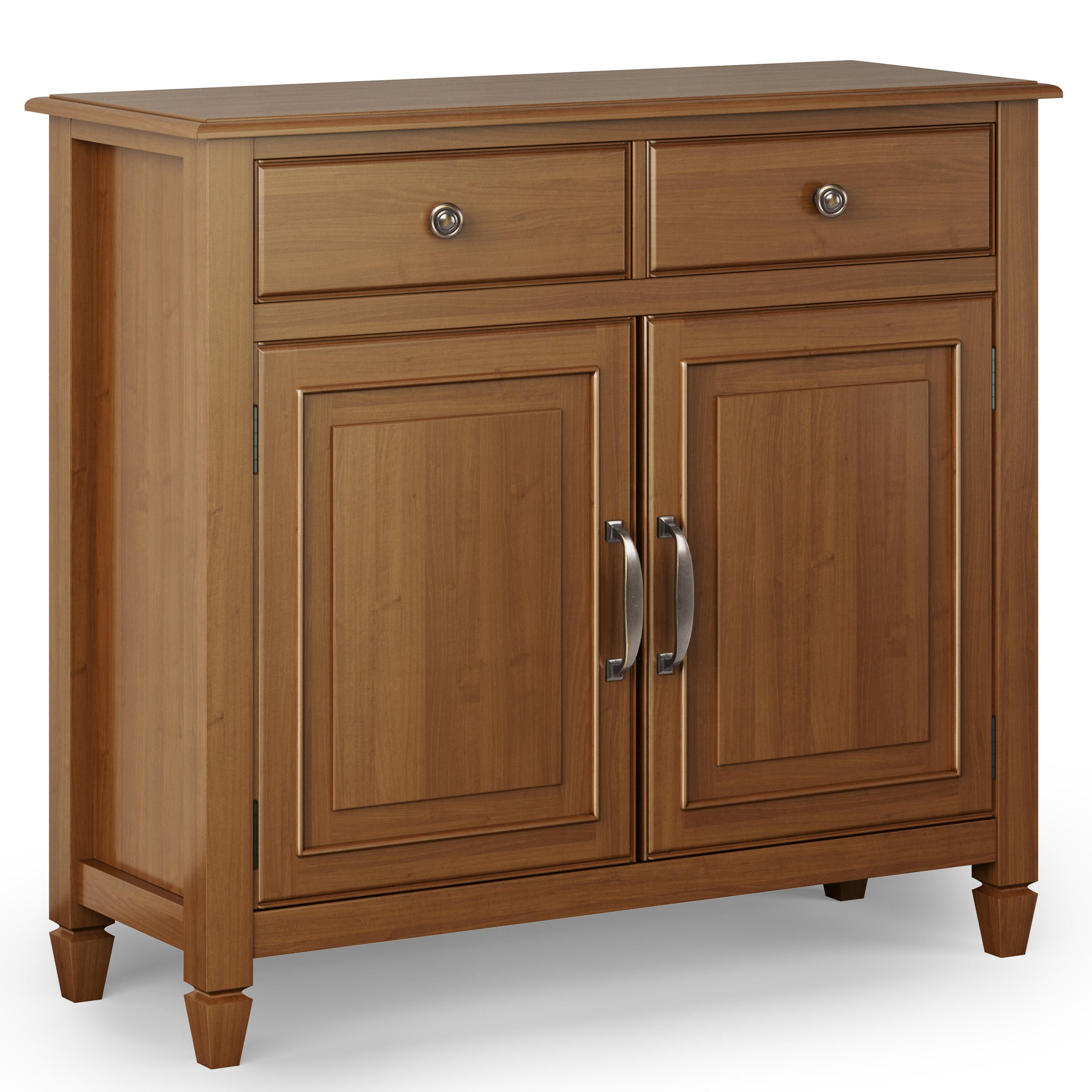The Allure of Wood Furniture Wall Cabinets

Wall cabinets, with their timeless appeal and practical functionality, have graced homes for centuries, seamlessly blending into diverse architectural styles and evolving with changing trends. These versatile pieces of furniture offer a unique blend of practicality and aesthetic charm, adding depth and character to any space.
The Historical Significance of Wall Cabinets
Wall cabinets have a rich history, dating back to ancient civilizations. In ancient Egypt, wall-mounted storage units were used to store precious belongings and religious artifacts. In medieval Europe, wall cabinets, often adorned with intricate carvings and ornate details, served as display cases for valuable possessions and heirlooms.
The 18th century saw a surge in popularity for wall cabinets, particularly in the Rococo and Neoclassical styles. These cabinets were often crafted from exotic woods like mahogany and walnut, showcasing exquisite craftsmanship and meticulous attention to detail. During the Victorian era, wall cabinets became a staple in homes, serving both decorative and practical purposes. They were often used to store china, silverware, and other household items.
Benefits of Using Wood for Wall Cabinets
Wood has long been a favored material for crafting furniture, and for good reason. Its natural beauty, durability, and versatility make it an ideal choice for wall cabinets.
- Durability: Wood is a resilient material that can withstand the test of time. With proper care, wood cabinets can last for generations, adding value to a home.
- Natural Beauty: The unique grain patterns and warm tones of wood create a sense of warmth and sophistication. Each piece of wood is one-of-a-kind, making every cabinet unique.
- Versatility: Wood can be stained, painted, or left in its natural state to complement any décor style. This versatility allows wood cabinets to blend seamlessly into a variety of interior design schemes.
- Sustainability: Wood is a renewable resource, making it an environmentally responsible choice for furniture.
Aesthetic Appeal of Wood Cabinets in Different Interior Design Styles, Wood furniture wall cabinet
Wood wall cabinets seamlessly integrate into a wide array of interior design styles, adding a touch of elegance and functionality.
- Traditional Style: In traditional settings, wood cabinets with intricate carvings, ornate details, and dark wood finishes complement the classic elegance of the style. Examples include cabinets with fluted pilasters, acanthus leaf carvings, and elaborate moldings.
- Modern Style: Modern interiors embrace clean lines, minimalist designs, and a focus on functionality. Wood cabinets with simple geometric shapes, smooth finishes, and neutral colors perfectly complement this aesthetic.
- Rustic Style: Rustic interiors evoke a sense of warmth and coziness. Wood cabinets with distressed finishes, reclaimed wood, and rustic hardware create a charming and inviting atmosphere.
- Mid-Century Modern Style: Mid-century modern interiors are characterized by their sleek lines, geometric shapes, and use of natural materials. Wood cabinets with tapered legs, cantilevered shelves, and warm wood tones are a perfect fit for this style.
Iconic Wood Wall Cabinets Throughout History
Throughout history, wood wall cabinets have served as both practical storage solutions and iconic pieces of furniture. Here are a few examples:
- The “Armoire”: This French-inspired cabinet, typically crafted from oak or walnut, was a popular choice in the 17th and 18th centuries. Armoires were often used to store clothing, linens, and other household items. They were often adorned with intricate carvings, ornate hardware, and hand-painted details.
- The “Credenza”: This Italian-inspired cabinet, typically crafted from mahogany or walnut, was popular in the 19th century. Credenzas were often used to display china, silverware, and other decorative items. They were often adorned with intricate carvings, marble tops, and elaborate moldings.
- The “China Cabinet”: This cabinet, typically crafted from mahogany or walnut, was popular in the Victorian era. China cabinets were used to display fine china, silverware, and other valuable possessions. They often featured glass doors, ornate carvings, and elaborate moldings.
Types of Wood Furniture Wall Cabinets

Wood furniture wall cabinets are a versatile and stylish addition to any home, offering both functionality and aesthetic appeal. Their design and construction can vary greatly, catering to diverse needs and preferences. Understanding the different types of wood wall cabinets helps you choose the perfect fit for your space and style.
Construction and Purpose
Wood wall cabinets are designed with various configurations, each serving a specific purpose. These configurations determine the cabinet’s storage capacity, accessibility, and overall aesthetic.
- Open Shelving Cabinets: These cabinets feature open shelves, providing easy access to displayed items. They are ideal for showcasing decorative pieces, books, or frequently used items. Open shelving cabinets offer a more airy and less cluttered look compared to closed cabinets.
- Closed Cabinets: Closed cabinets offer enclosed storage, keeping items hidden from view. They are perfect for storing items that need to be protected from dust, moisture, or unwanted eyes. Closed cabinets provide a more streamlined and polished look, concealing clutter and maintaining a sense of order.
- Corner Cabinets: Corner cabinets maximize space utilization by fitting into awkward corners. They are available in both open and closed designs, offering a practical solution for storage in tight spaces. Corner cabinets can add visual interest to a room and create a sense of balance by filling empty corners.
Wood Species
A wide variety of wood species are used in crafting wall cabinets, each with unique characteristics that influence durability, aesthetics, and cost.
- Oak: Known for its strength, durability, and distinctive grain pattern, oak is a popular choice for wall cabinets. It offers excellent resistance to scratches and dents, making it a long-lasting option. Oak is also available in various finishes, allowing for a wide range of aesthetic styles.
- Maple: Maple is prized for its smooth, hard surface and beautiful grain pattern. It is a durable and versatile wood, often used for kitchen cabinets and furniture. Maple’s light color allows for a wide range of stain options, enabling customization to match any décor.
- Cherry: Cherry wood is known for its rich reddish-brown hue and elegant grain pattern. It is a relatively soft wood, but it is also strong and durable. Cherry’s natural beauty enhances the aesthetic appeal of any wall cabinet, adding a touch of warmth and sophistication.
- Walnut: Walnut is a highly prized wood known for its dark brown color and distinctive grain pattern. It is a strong and durable wood, resistant to scratches and dents. Walnut’s unique appearance adds a touch of luxury and elegance to any wall cabinet.
- Pine: Pine is a softwood known for its affordability and warm, yellowish color. It is a lightweight wood that is easy to work with, making it a popular choice for DIY projects. Pine’s soft nature makes it susceptible to scratches and dents, but its affordability makes it a viable option for budget-conscious homeowners.
Comparing Wood Species
| Wood Species | Pros | Cons |
|---|---|---|
| Oak | Strong, durable, distinctive grain pattern, versatile finishes | Can be expensive |
| Maple | Smooth, hard surface, beautiful grain pattern, versatile finishes | Can be expensive |
| Cherry | Rich color, elegant grain pattern, strong and durable | Relatively soft, can be expensive |
| Walnut | Dark color, distinctive grain pattern, strong and durable | Expensive |
| Pine | Affordable, lightweight, easy to work with | Soft, susceptible to scratches and dents |
Designing and Choosing the Perfect Wood Wall Cabinet

The decision to incorporate a wood wall cabinet into your home is a testament to your appreciation for both functionality and aesthetic appeal. Whether you’re seeking a space-saving solution or a statement piece to enhance your décor, the right wood wall cabinet can transform your living environment. This section delves into the intricacies of designing and selecting the ideal wood wall cabinet to perfectly complement your space and purpose.
Factors to Consider When Choosing a Wood Wall Cabinet
Choosing the right wood wall cabinet involves a careful consideration of several key factors. These factors encompass the cabinet’s size, style, functionality, and compatibility with your existing interior design scheme.
- Size: The dimensions of the cabinet should be carefully assessed to ensure it seamlessly fits into your designated space. Measure the available wall space, taking into account the cabinet’s width, depth, and height.
- Style: The style of the cabinet should harmonize with the overall aesthetic of your room. Consider the architectural elements, furniture pieces, and color scheme of your space. Whether you prefer a classic, contemporary, or rustic design, the chosen style should complement the existing décor.
- Functionality: Determine the primary purpose of the cabinet and choose a design that meets your specific needs. For example, if you require ample storage, opt for a cabinet with multiple shelves and drawers.
- Integration with Existing Interior Design: The chosen cabinet should blend harmoniously with the existing interior design scheme. Consider the color, texture, and material of the cabinet in relation to the surrounding furniture and décor.
Designing a Custom Wood Wall Cabinet
For those seeking a truly personalized solution, designing a custom wood wall cabinet offers unparalleled flexibility. This process involves carefully considering the dimensions, materials, and design elements that best suit your individual needs and preferences.
- Dimensions: Determine the ideal dimensions for your custom cabinet based on the available wall space and the intended use. Consider the height, width, and depth that will maximize storage and aesthetic appeal.
- Materials: Select the type of wood that aligns with your desired aesthetic and functional requirements. Popular options include oak, maple, cherry, walnut, and pine. Each wood species possesses unique characteristics in terms of grain pattern, color, and durability.
- Design Elements: Explore various design elements to personalize your custom cabinet. These elements include the number and configuration of shelves and drawers, the style of doors and hardware, and the addition of decorative accents such as carvings or moldings.
Integrating a Wood Wall Cabinet into an Existing Interior Design Scheme
Successfully integrating a wood wall cabinet into your existing interior design scheme involves a strategic approach that emphasizes harmony and visual appeal.
- Color and Texture: Choose a cabinet color and texture that complement the existing color palette and textures in your room. Consider using a wood stain or paint to achieve the desired color match.
- Style Consistency: Ensure that the style of the cabinet aligns with the overall design theme of your space. For example, if your room features a modern aesthetic, select a cabinet with clean lines and minimalist design elements.
- Strategic Placement: Carefully consider the placement of the cabinet to maximize its visual impact and functionality. Position it against a prominent wall or in a strategic location that complements the flow of your room.
A wood furniture wall cabinet is a timeless addition to any home, offering both functionality and aesthetic appeal. For a truly rustic and inviting ambiance, consider incorporating a solid wood rustic cabinet into your décor. Its natural wood grain and distressed finish will create a warm and welcoming atmosphere, while its sturdy construction ensures lasting durability.
Whether you choose a traditional or contemporary design, a wood furniture wall cabinet will seamlessly blend into your existing style and elevate your space with its timeless charm.
A wood furniture wall cabinet can be the perfect solution for adding storage and style to your bedroom. It can hold everything from clothes and linens to books and treasured keepsakes, all while providing a touch of rustic charm.
Think about the mood you want to create – do you want to evoke the intimate atmosphere of a classic love song like on the bedroom floor song ? Or maybe a more modern, minimalist vibe? Whatever your style, a well-chosen wood furniture wall cabinet can elevate your bedroom to a whole new level of comfort and elegance.
